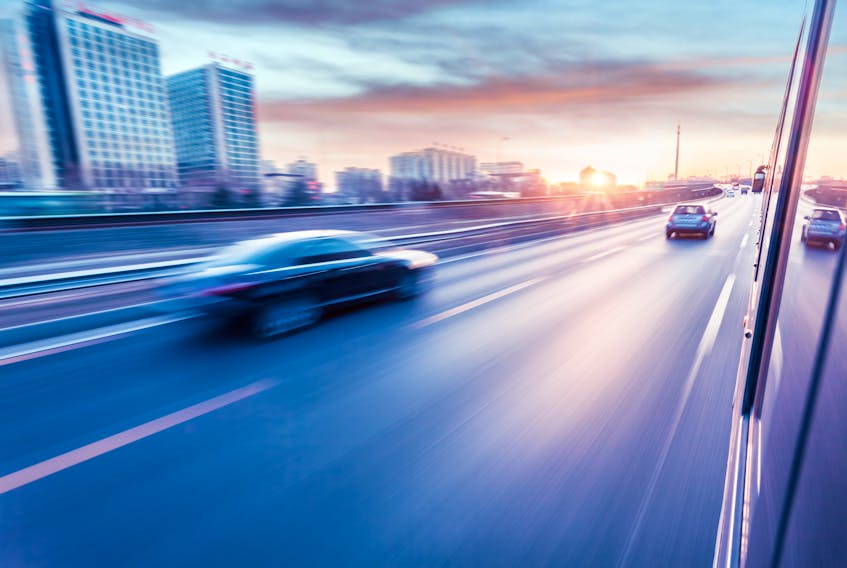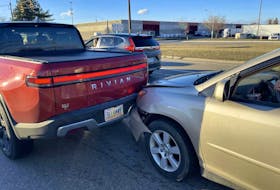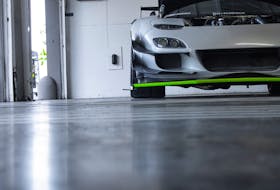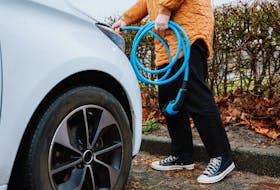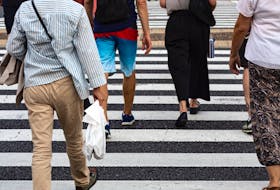LORRAINE SOMMERFELD
The COVID lockdown is revealing some interesting changes on our roads.
Between March 23 and April 27 of 2019, there were approximately 5,537 speeding charges laid by Toronto Police Services. For the same stretch of time this year, that number has increased to approximately 6,908 charges.
With all of our roads sporting the lowest volumes of traffic in recent memory, it’s not surprising that more drivers feel the call of the open road — and put their boot into it when they get out there.
While speed is always cited as the No. 1 cause of collisions, consider this: collisions last year in that time frame were reported at 7,309. This year? 1,535. Yes, speeding drivers cause collisions. But it seems if you can just get everybody else out of the way, they cause fewer. There’s a reason so many insurance companies have punted a little money back to their policyholders; if they’re not paying it out, they should be paying it back. Go to your company’s website and see if they’re doing anything.
Of course, the vacant streets have also provided the asphalt canvas for the Ricky Racers intent on having their YouTube moment in the spotlight: stunt driving charges have gone from 32 last year to 222 this year at that same time period. It seems many can’t resist, even if it costs them a lot of money in fines; even more later in insurance; and, of course, an impound of their vehicle.
It’s not just drivers. Three young male skateboarders took over parts of the Gardiner Expressway on May 1. Their viral video made them momentary superstars and also allowed police to identify and charge them. “Skateboarding on a Prohibited Highway” is a thing, and the charge is $110.
I’ll admit it; I don’t skateboard, but I can see the pull of a marvelous arc of an off-ramp with no cars in sight. Yes, it’s stupid. Still looks fun.
More grandstanding
Police would like to remind everyone that pedestrians, cyclists and skateboarders are all prohibited from being on highways and expressways.
“We are seeing more and more of these grandstanding and publicity-seeking stunts. The police do NOT condone this behaviour and will investigate those who choose to act in this way,” TPS says in an official release.
I asked Sergeant Brett Moore of Toronto Police Services if there’s been a shift in attitudes among drivers to go along with the big change in those numbers.
“There is less of almost everything right now, except for speeding,” he says. “Less congestion equals less stress, for sure. Everyone is talking about it, traffic reports have never been so short and for those who need to, commutes into TO have never been more pleasant.”
Who could have ever thought a driving commute on some of the most congested highways in North America would be called “pleasant”? Road rage has been king of the road for years now, and we know most of us experience the urge even if we don’t act on it, or we do so in ways that are more passive than aggressive — blocking the passing lane on purpose, anyone?
The changes on our streets are proving beneficial to other road users, too. Serious collisions resulting in fatalities (driver/passenger, pedestrian, cyclist, motorcyclist) have dropped from 17 to seven. This is heartening when you consider how many more pedestrians there are.
Many of us have been walking more lately, and I’m wondering if examining our own neighbourhoods from a slower pace instead of the usual one — where we zoom right past — has changed anything. With a flip of a switch, our roads have changed overnight. Has it made us better drivers? Better cyclists? Better pedestrians?
More cautious

As a driver, I’m more cautious than ever before. I encounter more pedestrians than drivers, it seems, and I’m also reminded how important it is to have a clear line of sight at crossings. If a driver has to inch into the intersection to see around great hedges or fences or buildings that are encumbering sightlines, those things need to be remedied by owners or municipalities.
Drivers are accustomed to looking for other vehicles; pedestrians are even more vulnerable when drivers aren’t looking for them first. Maybe more of us walking and cycling will make us more careful drivers. Maybe we’ll start to remember that every one of us is under an inordinate amount of stress and a little kindness goes a long way.
The story, of course, will be watching to see if any of these behavioural shifts stay. With most of us reevaluating our jobs, our relationships and our entire lives, it will be interesting to see what those numbers will look like in 2021. While we are doubtless creatures of habit, very nearly everything has been broken down to essentials. Wouldn’t it be amazing if the carnage on our roadways could remain in a downshift, something positive to come out of these stunning times?
Sergeant Moore offers a final thought. “Only time will tell if there are any lasting effects from COVID on driver behaviour after emergency orders lessen — I hope so. I for one have enjoyed the peace and quiet of no horns honking in the city.”
Copyright PostMedia Network, 2020

